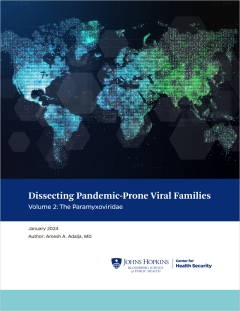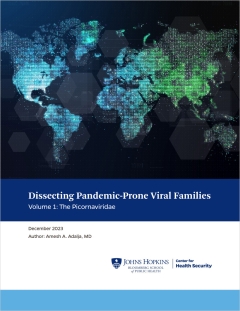The COVID-19 pandemic, while unfortunately notable for immense strain and death throughout the world, has also shown great promise in the development of medical countermeasures. As the global scientific community shifted almost entirely towards vaccines, diagnostics and therapeutics, new trial designs most significantly adaptive platform trials, began to be used with greater speed and broader reach. These designs allowed for deploying and investigating new therapeutics, repurposing currently existing therapeutics and flexibly removing or adding additional medications as data appeared in real-time. Moreover, public–private sector partnering occurred at a level not seen before, contributing greatly to the rapid development and deployment of vaccines.




